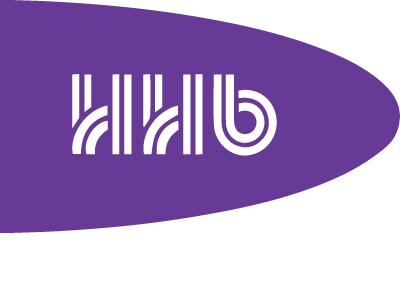Audio loudness and loudness control has been an important topic for broadcast television for over a decade now. Driven by consumer complaints, and exacerbated by the additional dynamic range afford by digital TV broadcast systems over their analogue forbearers, bodies around the world started to try and solve the problem of loudness variances between programming on the same service and between services. Trying to build objective models to emulate the subjectivity of the human auditory system proved to be a somewhat fraught endeavour, with parties finding it difficult to agree on a single model.
However, over time it became clear that a universal model that solved the vast majority of the problem was a better solution than a number of different models that may each still not be perfect, even for a given set of content-related constraints.
This agreed, single model is now contained within an International Telecommunications Union (ITU) radiocommunication recommendation for broadcasting service (BS), identified by ITU-R BS.1770. This model forms the basis of localised implementations such as the EBU’s R-128, which further encompasses a series of technical documents describing how to use the model to ensure loudness consistency across production and distribution in the traditional, broadcast ecosystem. Further, these requirements are frequently included in delivery specifications published by various broadcasters, putting responsibility on the content supplier to ensure that their deliverable is compliant from the moment it is a complete package.
With the expectation that content, whether it be produced live or in post-production, shall be loudness normalised by the time it reaches the consumer, there are clearly two distinct applications for which loudness measurement shall be required. For live content, there must be some method to measure loudness in real time, which, when combined with the expertise of an experienced mixer, should result in content being normalised to some level. For post produced content, there is of course the option to measure offline and then normalise with a simple gain correction.
Applications and equipment are available for both applications from a wide range of manufacturers, each implementing the same, standardised algorithms, but presenting the relevant data in a number of different ways in order to, not only differentiate product, but also to fit with varying usage models.


